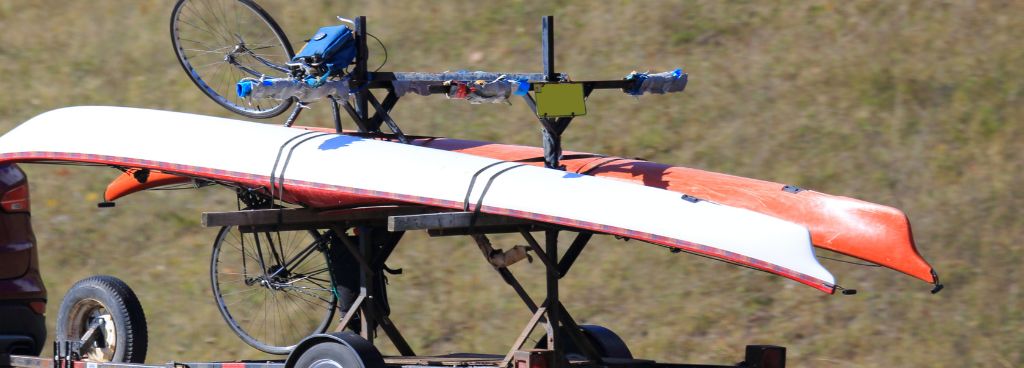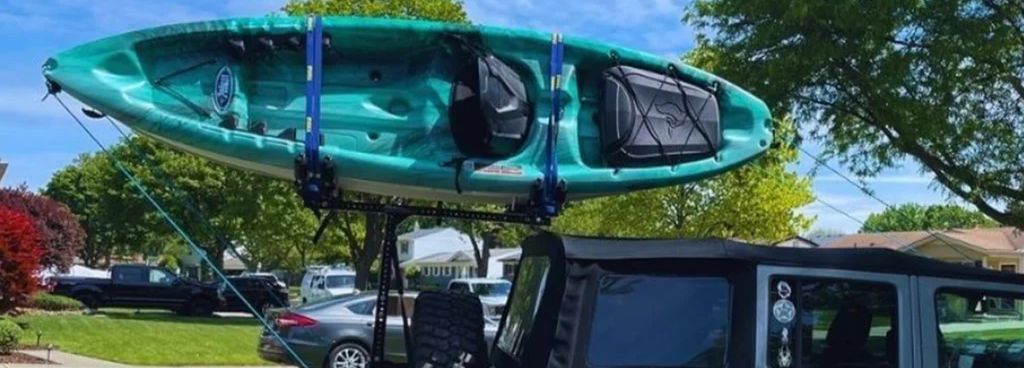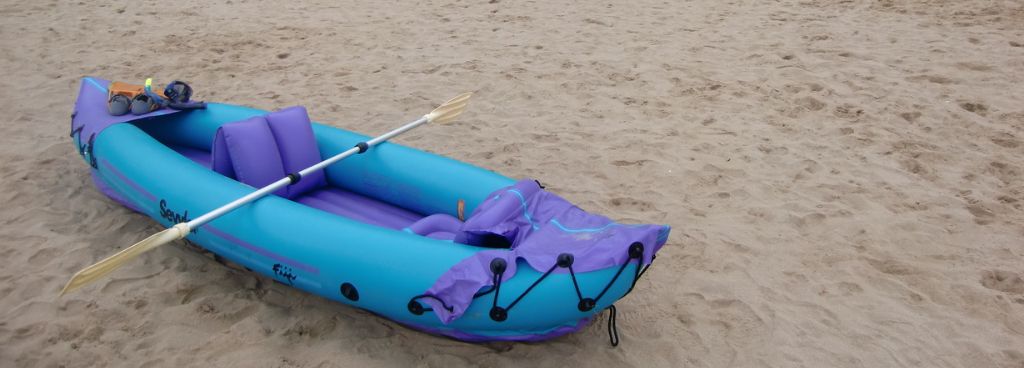Stories Worth Reeling In...
Last Updated on September 29, 2023
It’s crucial to be well-equipped with knowledge about alternative transportation methods to ensure that you can enjoy kayaking wherever and whenever you desire. Knowing these options not only provides convenience but also opens up new possibilities for exploring different water bodies and hidden gems that are waiting to be discovered.
So, let’s get started on this exciting journey of discovering alternative methods for transporting your kayak without a roof rack.
Table of Contents
When it comes to transporting your kayak, safety should always be your top priority. Proper preparation is key to ensuring a smooth and secure journey. Before you hit the road, take a moment to familiarize yourself with essential safety measures that will protect both you and your kayak.
Securing your kayak properly is crucial to maintain stability and prevent any potential damage during transportation. Start by investing in high-quality kayak straps or tie-downs that are specifically designed for securing kayaks. These straps should be strong, durable, and have a reliable locking mechanism to keep your kayak in place.
To secure your kayak, follow these steps:
Consider investing in a kayak cart or dolly, which allows you to easily move your kayak from your vehicle to the water. These carts are designed with sturdy wheels and a kayak-specific frame, making it a breeze to maneuver your kayak even in challenging terrains.
Having a reliable set of bow and stern lines is essential for added stability and safety during transportation. These lines secure the front and rear of your kayak to your vehicle, minimizing any potential movement or shifting while on the road.
This cost-effective and versatile solution allows you to securely transport your kayak on various types of vehicles. Follow these step-by-step instructions to set up your kayak using foam blocks and straps:
Using foam blocks and straps offers several benefits. Firstly, this method is versatile, allowing you to transport your kayak on different types of vehicles, including sedans, SUVs, or even trucks without a roof rack. Foam blocks provide cushioning, protecting both the kayak and the vehicle’s roof from potential scratches or damage.

If you’re looking for an alternative to transporting your kayak without a roof rack, utilizing a kayak trailer can be a practical and efficient solution.
Look for trailers specifically designed for kayaks, as they offer features such as padded cradles or adjustable racks to securely hold your kayak in place during transportation. Ensure that the trailer hitch and attachment mechanism are compatible with your vehicle.
Safety is paramount when towing a kayak trailer. Follow these considerations and tips to ensure a safe and optimal experience:

This method offers convenience, versatility, and ease of use. Let’s explore the features, benefits, and installation process of a hitch-mounted kayak rack.
Hitch-mounted kayak racks are designed to attach directly to your vehicle’s hitch receiver, providing a sturdy and secure platform for transporting your kayak. These racks offer several advantages. Firstly, they eliminate the need for lifting your kayak onto the roof of your vehicle, making it easier and more accessible for individuals of all ages and physical abilities. Secondly, hitch-mounted racks allow for easy loading and unloading of your kayak at a comfortable height.
To install a hitch-mounted kayak rack, follow these general steps:

If you’re searching for a highly portable and convenient option to transport a kayak without a roof rack, inflatable kayaks are worth considering. Let’s explore the suitability of inflatable kayaks and their advantages:
Inflatable kayaks are designed to be lightweight, compact, and easy to transport. They are typically made from durable materials that provide stability and buoyancy in the water. When it comes to transportation, their inflatable nature allows you to deflate and pack them into a small carrying bag, making them ideal for fitting into your vehicle’s trunk or backseat.
To use an inflatable kayak for transportation, follow these general steps:
Foam blocks are soft, cushioned blocks that can be placed on the roof of your car. You position your kayak on top of these blocks, securing it with straps through your car’s doors or windows.
Yes, you should use kayak straps or cam straps designed for securing kayaks. These straps are usually wider and less likely to damage your kayak.
Transporting a kayak on a soft-top convertible might not be ideal due to potential damage to the soft top. It’s safer to transport the kayak on a vehicle with a hard roof.
Yes, you can use inflatable kayak racks, foam pool noodles, or even a DIY wooden rack as alternatives to foam blocks.
Cam straps are the most convenient way to secure your kayak to your vehicle. No special knots are required; simply thread the straps through the buckles and cinch them down. Make sure your kayak is centered fore and aft between your car’s crossbars and parallel to the car.
Whether you choose foam blocks and straps, a kayak trailer, a hitch-mounted rack, or an inflatable kayak, remember to prioritize safety, follow proper installation and securing procedures, and ensure the protection of your kayak during transportation.
Transporting a kayak without a roof rack opens up possibilities for more people to enjoy kayaking adventures.
By utilizing alternative methods, you can overcome the limitations of not having a roof rack and continue to explore the beauty of nature on the water.